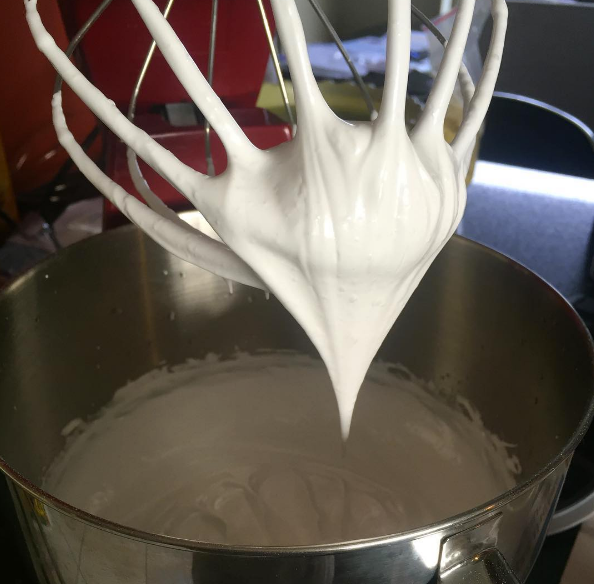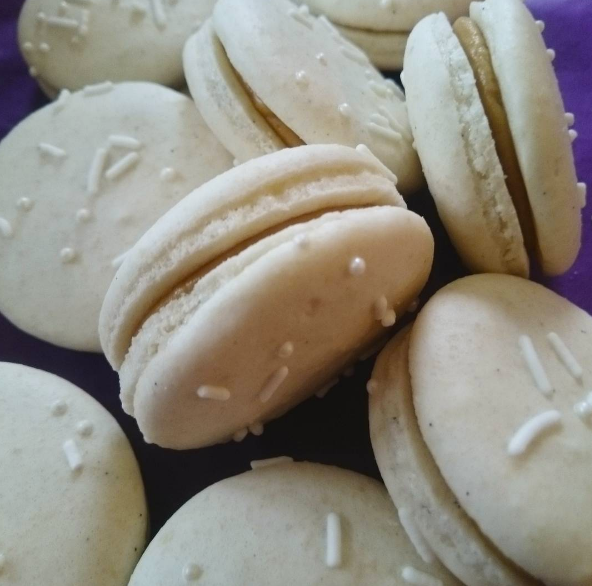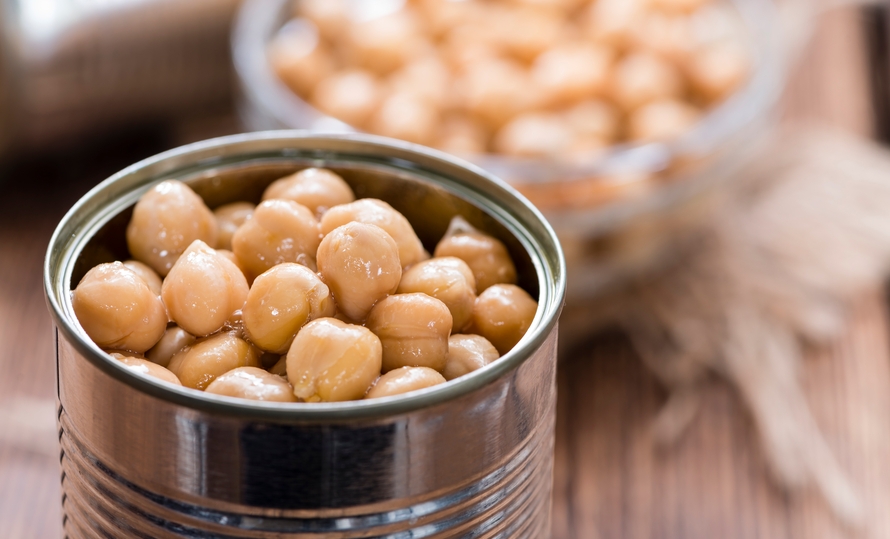You’ve probably noticed the chickpea’s strange, foamy properties if you’ve boiled this legume and skimmed those impressive peaks of foam off the top off the water. It turns out that chickpea brine is the latest innovation in egg-free and dairy-free baking, and it’s been rebranded as aquafaba.
Latin for ‘water’ and ‘bean,’ aquafaba can be whipped into meringues, macaroons, marshmallow frostings, and even “butter”–all without using eggs or dairy.

If you’re egg-free or vegan, you’re familiar with the limitations of vegan egg replacements. Flax eggs only take you so far, and there’s no hope for spinning that chia seed “goo” into light and fluffy cakes and cookies. There’s something mysterious and irreplaceable about egg whites, and vegan chefs have been hard at work trying to more fully understand how to imitate them.
The Nosher celebrates the traditions and recipes that have brought Jews together for centuries. Donate today to keep The Nosher's stories and recipes accessible to all.
A huge breakthrough came in 2015, with the discovery of aquafaba. According to the New York Times, it all started with meringues for Passover. Inspired by French chefs who were whipping chickpea brine into chocolate mousse, Goose Wohlt, a vegan software engineer, set out to make vegan meringues for his seder.
Wohlt is credited as the first to use chickpea water to achieve those light and airy peaks, and the results were just as delightful as the egg-based originals. He posted his success story on the popular vegan Facebook group, What Fat Vegans Eat, where it quickly went viral.
Ever since, vegan cooks from all around the world have shared dozens of recipes using aquafaba on the collaborative Facebook group, Vegan Meringues – Hits and Misses.
While the science behind chickpea water has yet to be fully understood, one aquafaba success usually leads to another. Food 52 reports, “The same proteins and starches that make aquafaba a capable emulsifier in vegan mayonnaise also make it a key ingredient in semi-firm, melting vegan cheeses.”
So far, Sir Kensington’s is the first to put their aquafaba-based mayo on the market, called Fabanaise.

From now on, we’re saving that chickpea water (for up to five days!). Here are some aquafaba treats that we can’t wait to try:
Aquafaba Meringues from The New York Times
DIY Mayo from The New York Times
Vegan Butter from Plante Pusherne
Ice Cream from Ice Cream Nation
Vegan Berry Pavlovas from Sheri Silver on Babble
Marshmallows from Olives for Dinner
Raspberry Rose Macaroons from One Green Planet
Vegan Mozzarella (video) from Mary’s Test Kitchen



